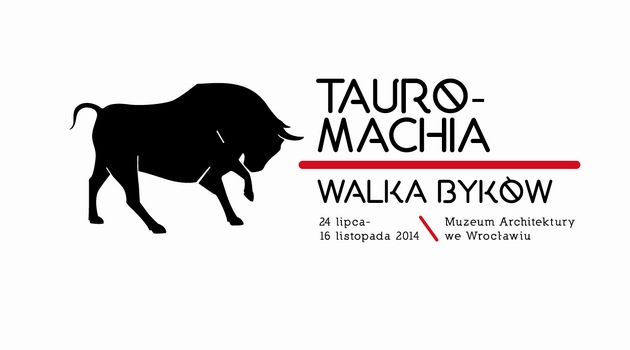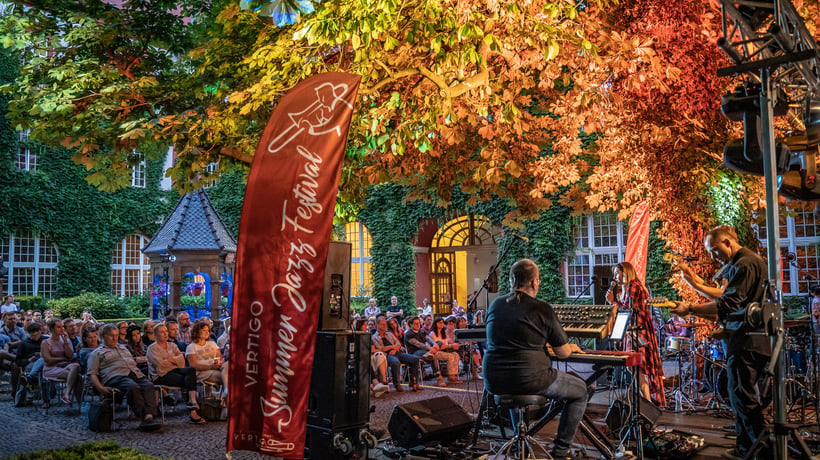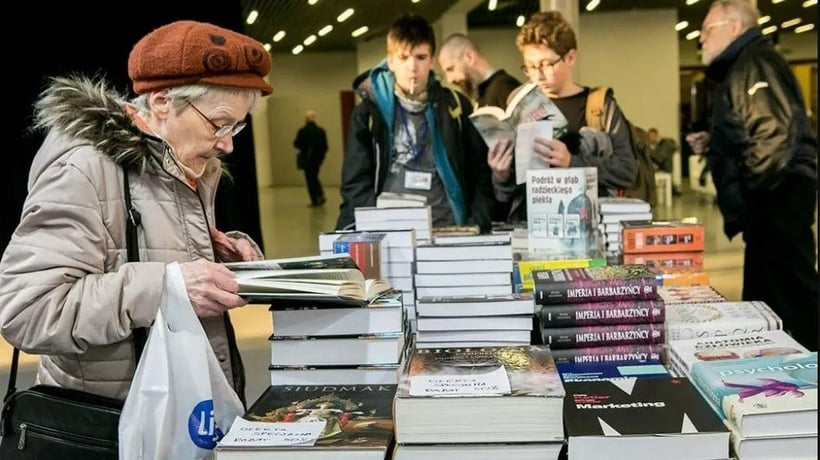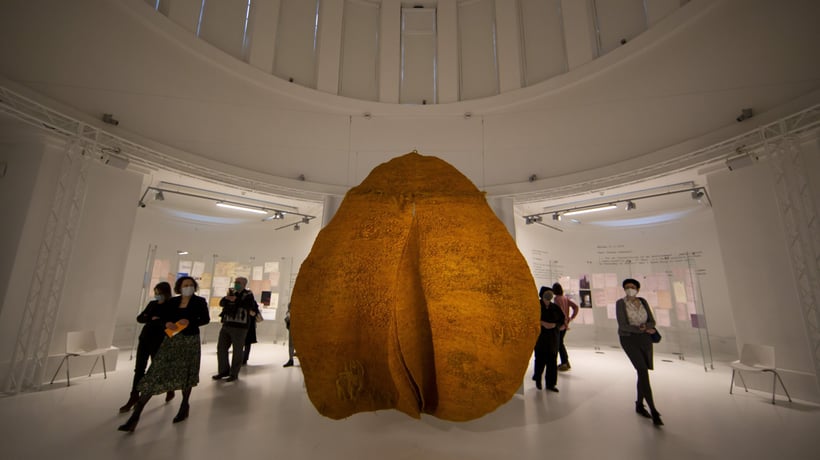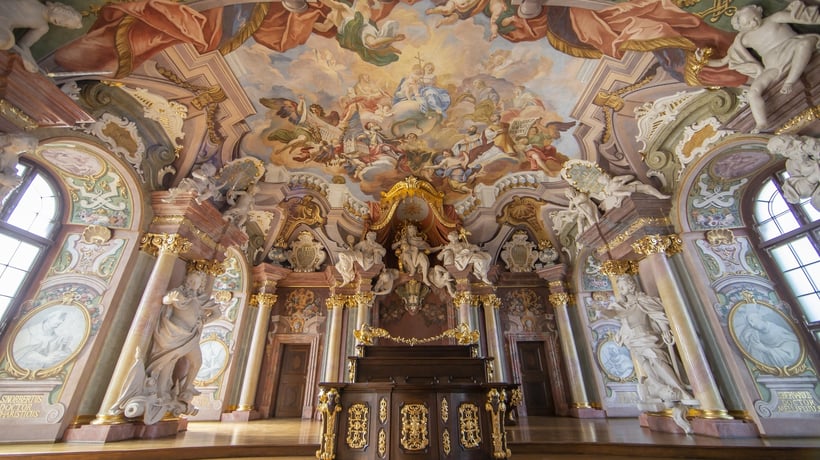Before we see works by Pablo Picasso, Salvador Dali and Francisco Goya presented at the exhibition Tauromachy - bullfight, which will be held in Wroclaw from the 24th of July till the 16th of November 2014, it is good to learn about mysteries and contexts that are hidden in this show...
Nowadays, bullfights arouse immediate and stereotypical associations with a colourful show taking place on a round arena, where the main roles are played by a strangely dressed toreador, a waving red cloth, an angry bull and dust clouds rising after each strike of the bull’s hoof. Of course, such connotations are undoubtedly justified, but the problem of tauromachy cannot be reduced to the corrida only – it is definitely a much more complex phenomenon, which has been deeply rooted in Spanish culture for centuries and puts a powerful, brave and fertile animal on a pedestal. It is also reflected by the common act of comparing the shape of Spanish borders to the stretched hide of a bull.
Even medieval sources contain information about bullfights and bull hunts organised in Spain for larger groups of people, usually in cities. It is worth noticing that chasing a bull with a spike on a horse was initially only a pastime of aristocracy, which could be practiced only by the elite of the Spanish society. According to chronicles, the famous 11th-century Castilian knight Rodrigo Díaz de Vivar, known more widely as El Cid, loved watching and participating in these events. Spanish rulers also liked organising bullfights, particularly on the occasion of military victories (as in the case of King Charles IV) or visits of important diplomats or guests.
The art of this period also reflects events taking place on streets of many cities of the Iberian Peninsula. Bullfights are the theme of 13th-century illustrations to the song no. 144 „El Toro de Plasencia" by Alfonso X of Castile. This poet, called also El Sabio, published the first rules of bullfights that we know today in his another work “Siete Partidas”. What is also undoubtedly worth noticing, is a cycle of 22 paintings from the Monastery of Saint Dominic of Silos, which were painted at the turn of the 14th century and show various methods and techniques of killing these animals. Apart from riders chasing bulls, persons standing on the ground and waving with a cloak thrown on the back are also presented.
The direct confrontation of a human and a bull without the participation of other animals became a standard bullfighting practice in Spain only in the 17th century. This coincided with a declining interest in this event among aristocrats and the gradual transformation of the elite show into a mass entertainment for lower social strata. That was also the time when the role of the matador – a key person for the corrida, which was the next stage of the history of tauromachy – became much more important.
ps
>"Picasso/ Dali/ Goya - Tauromachy - bullfight" – an exhibition in the Museum of Architecture in Wroclaw, open from the 24th of July till the 16th of November 2014


